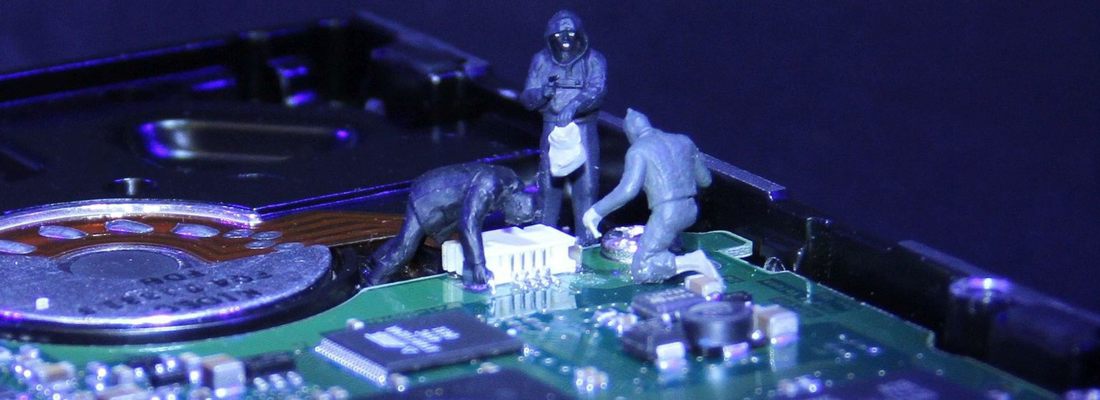The standard file streams wont proceed files larger than 2 GB. For processing very large files BufferedStream comes in handy:
using System;
using System.IO;
ReadFile1("W:\\sql.txt"); // replace with your file path
Console.WriteLine("*********** EOF ***********");
void ReadFile1(string filePath)
{
const int MAX_BUFFER = 20971520; // 20MB this is the chunk size read from file
byte[] buffer = new byte[MAX_BUFFER];
int bytesRead;
using (FileStream fs = File.Open(filePath, FileMode.Open, FileAccess.Read))
using (BufferedStream bs = new BufferedStream(fs))
using (StreamReader sr = new StreamReader(bs))
{
string line;
while ((line = sr.ReadLine()) != null)
{
// Process each line
Console.WriteLine(line);
}
}
}
But did you know that you could replace the BufferedStream with the Chunk extension method from LINQ ?
using System;
using System.IO;
using System.Linq;
ReadFile2("W:\\sql.txt"); // replace with your file path
Console.WriteLine("*********** EOF ***********");
void ReadFile2(string filePath)
{
const int MAX_BUFFER = 20971520; // 20MB this is the chunk size read from file
using (FileStream fs = File.Open(filePath, FileMode.Open, FileAccess.Read))
using (StreamReader sr = new StreamReader(fs))
{
// Read the file in chunks
while (!sr.EndOfStream)
{
// Read a chunk of lines
var lines = Enumerable.Range(0, MAX_BUFFER)
.Select(_ => sr.ReadLine())
.TakeWhile(line => line != null)
.ToArray();
// Process each line in the chunk
foreach (var line in lines)
{
Console.WriteLine(line);
}
}
}
}
The choice between using BufferedStream and the LINQ Chunk extension method depends on your specific use case and requirements. Here are some considerations for each approach:
BufferedStream
- Performance: BufferedStream is optimized for reading data in larger blocks, which can improve performance when dealing with I/O operations. It reduces the number of read operations by buffering data.
- Memory Usage: It allows you to control the buffer size, which can help manage memory usage effectively, especially for large files.
- Simplicity: The code is straightforward and easy to understand, as it directly reads lines from the stream without additional complexity.
LINQ Chunk
- Readability: Using LINQ can make the code more expressive and easier to read, especially for those familiar with functional programming paradigms.
- Flexibility: The Chunk method allows you to process data in a more functional style, which can be beneficial if you want to apply additional LINQ operations on the chunks.
- End of Stream Handling: The use of TakeWhile makes it easy to handle the end of the stream gracefully.
Conclusion
If performance and memory efficiency are your primary concerns, especially with very large files, BufferedStream might be the better choice. If you prefer a more modern, functional approach and your file sizes are manageable, using LINQ with the Chunk method can lead to cleaner and more maintainable code. Ultimately, the best approach depends on your specific requirements, including performance needs, code readability, and maintainability. If possible, you might want to benchmark both methods with your actual data to see which performs better in your scenario.
